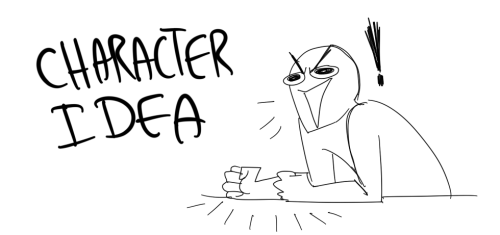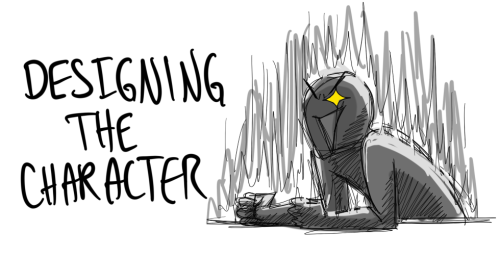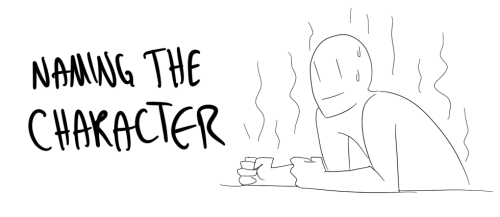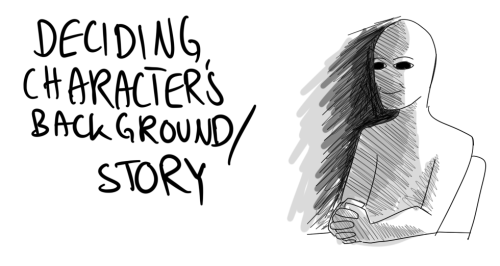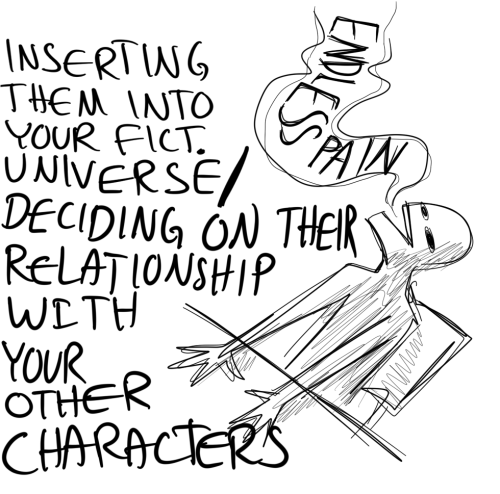Source ~ Squishable

Source ~ Squishable
Baby Platypus
More Posts from Learned-something-new-today and Others
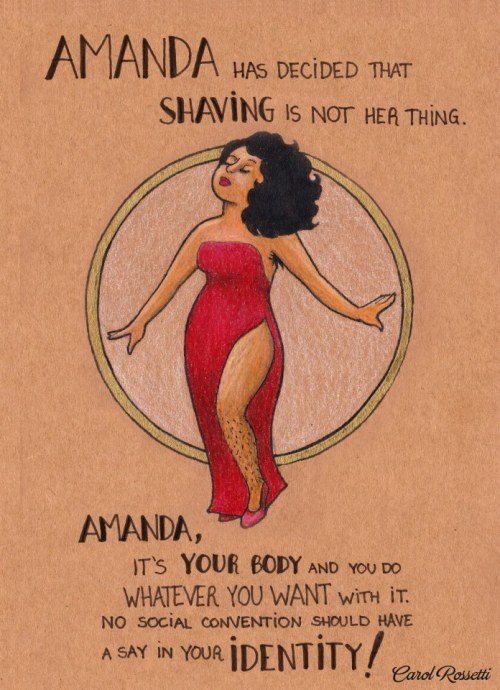
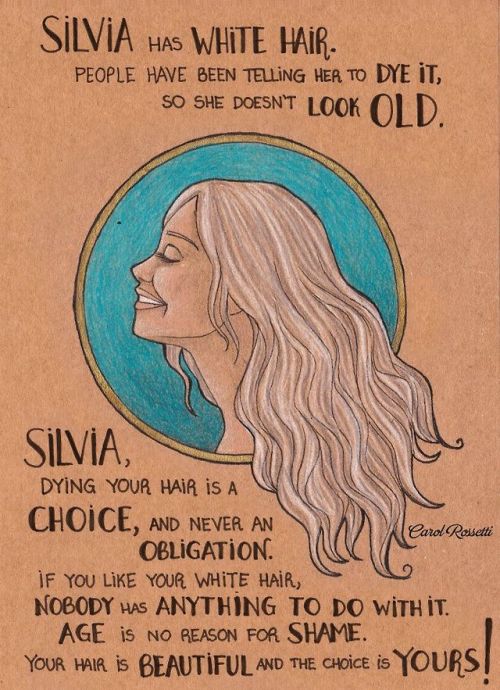
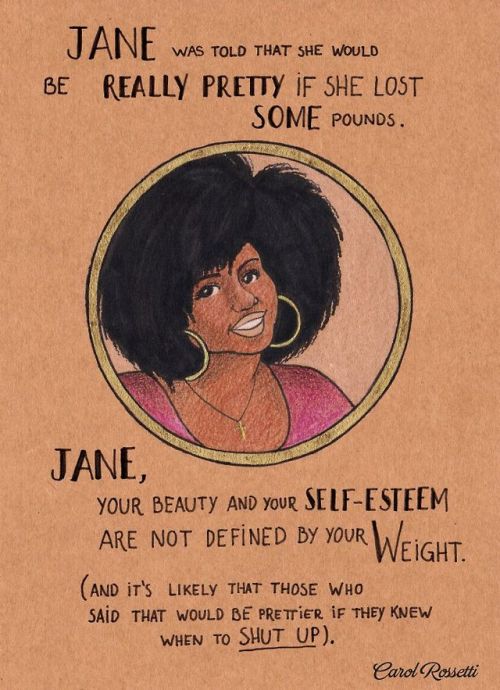
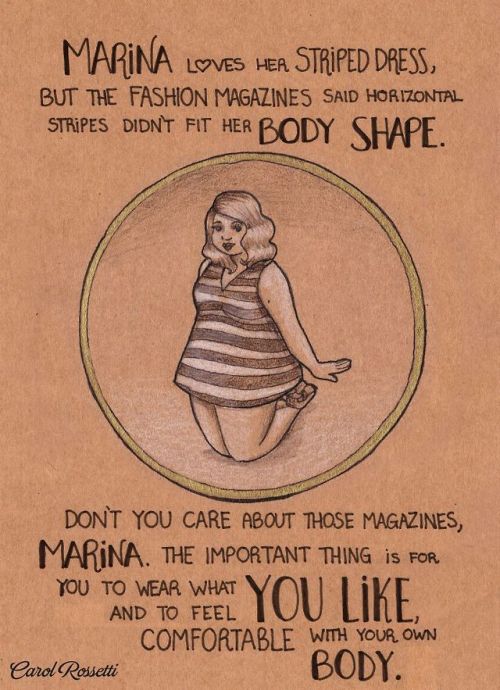

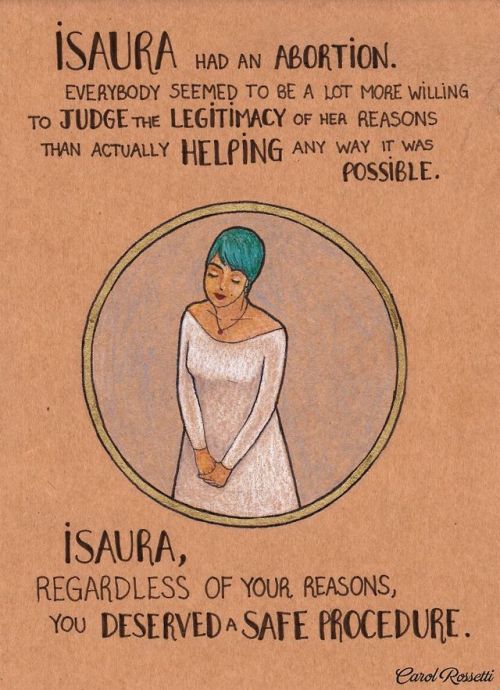

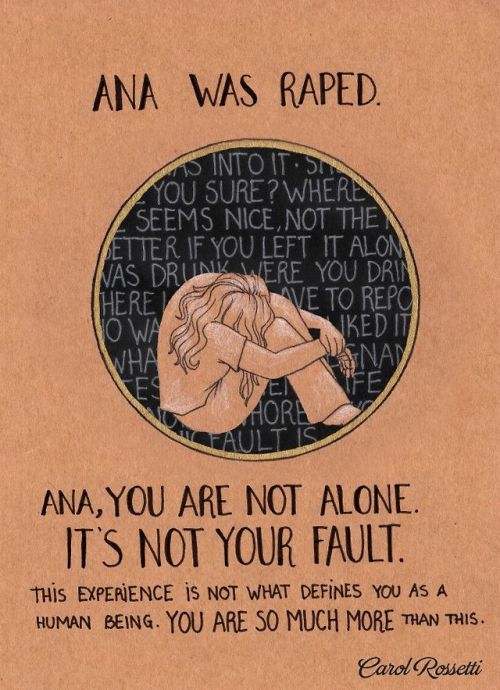

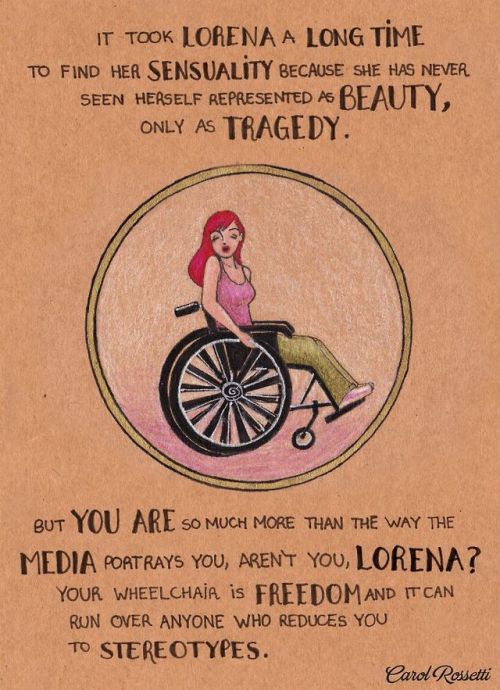
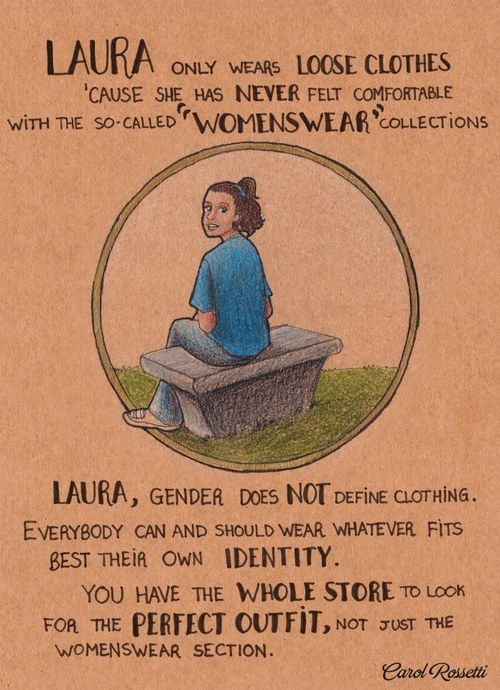
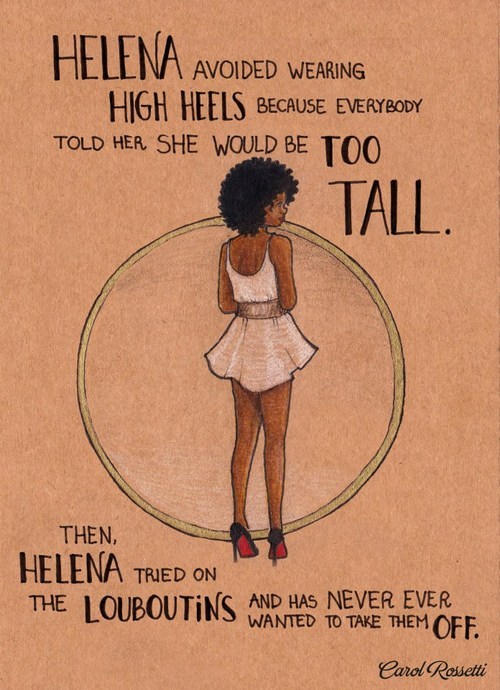


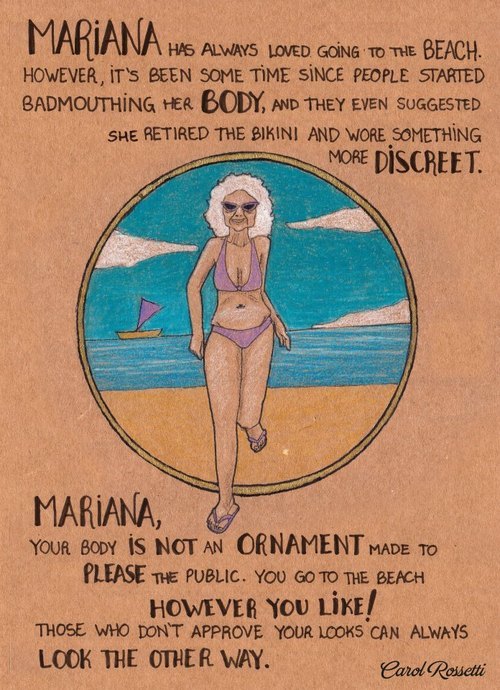
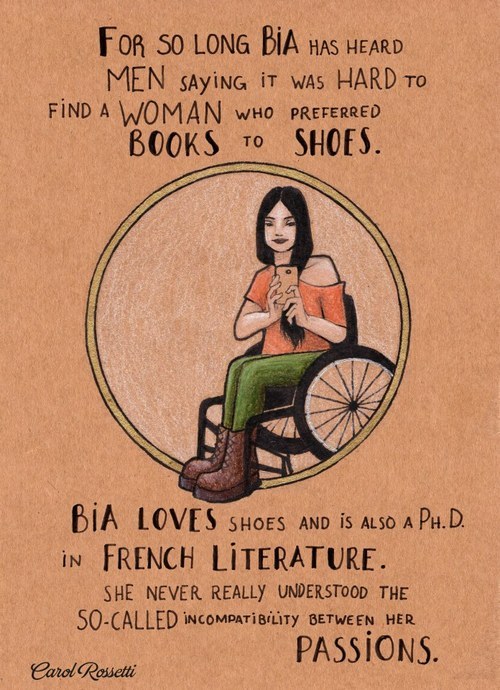


Source
“Image Credit: Carol Rossetti
When Brazilian graphic designer Carol Rossetti began posting colorful illustrations of women and their stories to Facebook, she had no idea how popular they would become.
Thousands of shares throughout the world later, the appeal of Rosetti’s work is clear. Much like the street art phenomenon Stop Telling Women To Smile, Rossetti’s empowering images are the kind you want to post on every street corner, as both a reminder and affirmation of women’s bodily autonomy.
“It has always bothered me, the world’s attempts to control women’s bodies, behavior and identities,” Rossetti told Mic via email. “It’s a kind of oppression so deeply entangled in our culture that most people don’t even see it’s there, and how cruel it can be.”
Rossetti’s illustrations touch upon an impressive range of intersectional topics, including LGBTQ identity, body image, ageism, racism, sexism and ableism. Some characters are based on the experiences of friends or her own life, while others draw inspiration from the stories many women have shared across the Internet.
“I see those situations I portray every day,” she wrote. “I lived some of them myself.”
Despite quickly garnering thousands of enthusiastic comments and shares on Facebook, the project started as something personal — so personal, in fact, that Rossetti is still figuring out what to call it. For now, the images reside in albums simply titled “WOMEN in english!“ or ”Mujeres en español!“ which is fitting: Rossetti’s illustrations encompass a vast set of experiences that together create a powerful picture of both women’s identity and oppression.
One of the most interesting aspects of the project is the way it has struck such a global chord. Rossetti originally wrote the text of the illustrations in Portuguese, and then worked with an Australian woman to translate them to English. A group of Israeli feminists also took it upon themselves to create versions of the illustrations in Hebrew. Now, more people have reached out to Rossetti through Facebook and offered to translate her work into even more languages. Next on the docket? Spanish, Russian, German and Lithuanian.
It’s an inspiring show of global solidarity, but the message of Rossetti’s art is clear in any language. Above all, her images celebrate being true to oneself, respecting others and questioning what society tells us is acceptable or beautiful.
“I can’t change the world by myself,” Rossetti said. “But I’d love to know that my work made people review their privileges and be more open to understanding and respecting one another.””
From the site: All images courtesy Carol Rossetti and used with permission. You can find more illustrations, as well as more languages, on her Facebook page.



Silk Moth Collar Clips // Tarnavskaya on Etsy
Tips for Writing a Difficult Scene
Every writer inevitably gets to that scene that just doesn't want to work. It doesn't flow, no matter how hard you try. Well, here are some things to try to get out of that rut:
1. Change the weather
I know this doesn't sound like it'll make much of a difference, but trust me when I say it does.
Every single time I've tried this, it worked and the scene flowed magically.
2. Change the POV
If your book has multiple POV characters, it might be a good idea to switch the scene to another character's perspective.
9/10 times, this will make the scene flow better.
3. Start the scene earlier/later
Oftentimes, a scene just doesn't work because you're not starting in the right place.
Perhaps you're starting too late and giving too little context. Perhaps some description or character introspection is needed before you dive in.
Alternatively, you may be taking too long to get to the actual point of the scene. Would it help to dive straight into the action without much ado?
4. Write only the dialogue
If your scene involves dialogue, it can help immensely to write only the spoken words the first time round.
It's even better if you highlight different characters' speech in different colors.
Then, later on, you can go back and fill in the dialogue tags, description etc.
5. Fuck it and use a placeholder
If nothing works, it's time to move on.
Rather than perpetually getting stuck on that one scene, use a placeholder. Something like: [they escape somehow] or [big emotional talk].
And then continue with the draft.
This'll help you keep momentum and, maybe, make the scene easier to write later on once you have a better grasp on the plot and characters.
Trust me, I do this all the time.
It can take some practice to get past your Type A brain screaming at you, but it's worth it.
So, those are some things to try when a scene is being difficult. I hope that these tips help :)
Reblog if you found this post useful. Comment with your own tips. Follow me for similar content.


CatPaw Keycap - MX Compatible. Handmade Resin by CuratedKeys
i’ve been doing my homework on how to break into a writing career and honestly. there’s a Lot that i didn’t know about thats critical to a writing career in this day and age, and on the one hand, its understandable because we’re experiencing a massive cultural shift, but on the other hand, writers who do not have formal training in school or don’t have the connections to learn more via social osmosis end up extremely out of loop and working at a disadvantage.


Source ~ Aurora Toys
Ribbits Frog Palm Pals










Soy Candles
Folke and Fairy on Etsy
-
 crack-cocaine-kibe liked this · 3 months ago
crack-cocaine-kibe liked this · 3 months ago -
 hauntinq-6 liked this · 10 months ago
hauntinq-6 liked this · 10 months ago -
 neon-gay-dreams reblogged this · 1 year ago
neon-gay-dreams reblogged this · 1 year ago -
 callsign-skydancer reblogged this · 1 year ago
callsign-skydancer reblogged this · 1 year ago -
 neon-gay-dreams liked this · 1 year ago
neon-gay-dreams liked this · 1 year ago -
 holy-rainbow liked this · 1 year ago
holy-rainbow liked this · 1 year ago -
 catautism reblogged this · 2 years ago
catautism reblogged this · 2 years ago -
 buttcracknoodles liked this · 2 years ago
buttcracknoodles liked this · 2 years ago -
 babybork reblogged this · 2 years ago
babybork reblogged this · 2 years ago -
 marjedew liked this · 2 years ago
marjedew liked this · 2 years ago -
 deltastars reblogged this · 2 years ago
deltastars reblogged this · 2 years ago -
 deltastars liked this · 2 years ago
deltastars liked this · 2 years ago -
 softbearjazz liked this · 2 years ago
softbearjazz liked this · 2 years ago -
 pileofplushies liked this · 2 years ago
pileofplushies liked this · 2 years ago -
 systemreb00t liked this · 2 years ago
systemreb00t liked this · 2 years ago -
 stuffedanimalenthusiast reblogged this · 2 years ago
stuffedanimalenthusiast reblogged this · 2 years ago -
 h3llofaday liked this · 2 years ago
h3llofaday liked this · 2 years ago -
 popolea liked this · 2 years ago
popolea liked this · 2 years ago -
 livingfastdyingsoon reblogged this · 2 years ago
livingfastdyingsoon reblogged this · 2 years ago -
 thatfantasylovingdork liked this · 2 years ago
thatfantasylovingdork liked this · 2 years ago -
 suicunerider reblogged this · 2 years ago
suicunerider reblogged this · 2 years ago -
 suicunerider liked this · 2 years ago
suicunerider liked this · 2 years ago -
 lithiumcommune reblogged this · 2 years ago
lithiumcommune reblogged this · 2 years ago -
 redlionknc reblogged this · 2 years ago
redlionknc reblogged this · 2 years ago -
 liltimmcgraw liked this · 2 years ago
liltimmcgraw liked this · 2 years ago -
 callsign-skydancer reblogged this · 2 years ago
callsign-skydancer reblogged this · 2 years ago -
 misshoney200 liked this · 3 years ago
misshoney200 liked this · 3 years ago -
 babyibiki liked this · 3 years ago
babyibiki liked this · 3 years ago -
 ablooskie liked this · 3 years ago
ablooskie liked this · 3 years ago -
 doctorwhoofficial liked this · 3 years ago
doctorwhoofficial liked this · 3 years ago -
 daisy-mei reblogged this · 3 years ago
daisy-mei reblogged this · 3 years ago -
 flowersandgaypowers liked this · 3 years ago
flowersandgaypowers liked this · 3 years ago -
 eyobis-andthe-bunnycats reblogged this · 3 years ago
eyobis-andthe-bunnycats reblogged this · 3 years ago -
 theglassdragoncollective liked this · 3 years ago
theglassdragoncollective liked this · 3 years ago -
 devil-maay-cry liked this · 3 years ago
devil-maay-cry liked this · 3 years ago -
 douglasbubbletrousers219 liked this · 3 years ago
douglasbubbletrousers219 liked this · 3 years ago -
 little-tiara reblogged this · 3 years ago
little-tiara reblogged this · 3 years ago -
 little-tiara liked this · 3 years ago
little-tiara liked this · 3 years ago -
 adnexy liked this · 3 years ago
adnexy liked this · 3 years ago -
 pajaritocantando liked this · 3 years ago
pajaritocantando liked this · 3 years ago
299 posts




